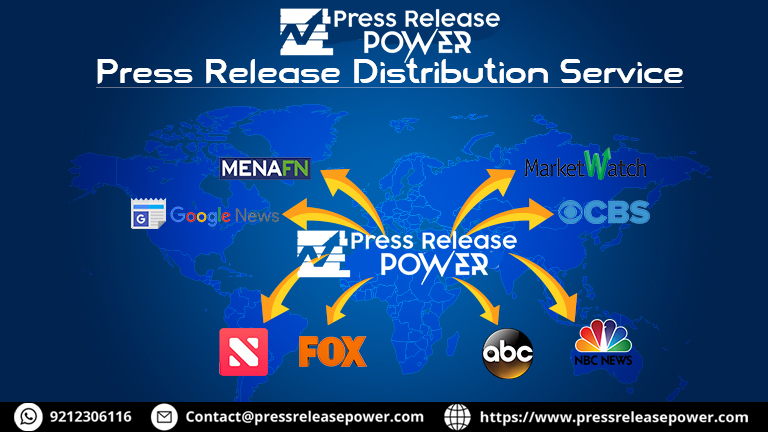As artificial intelligence technology advances, the ability to generate highly realistic video footage has become increasingly sophisticated. While this technology can be used for creative and beneficial purposes, it also presents new challenges in distinguishing between real and AI-generated content.
Understanding AI-Generated Video Technology
How AI Generates Video Content
AI-generated video content primarily involves technologies such as deepfakes and Generative Adversarial Networks (GANs). Deepfakes use AI to create hyper-realistic videos where people appear to say or do things they never actually did. GANs, on the other hand, are used to generate entirely new video content by training algorithms on large datasets of existing footage. These technologies can produce incredibly lifelike results, making it challenging to differentiate between genuine and manipulated videos.
Common Features of AI-Generated Videos
AI-generated videos often exhibit specific characteristics that can help identify them. These include:
- Unnatural Movements: Movements that appear jerky or inconsistent with normal human motion.
- Visual Artifacts: Distortions or glitches, especially around edges or facial features.
- Inconsistent Lighting: Lighting that does not match the surrounding environment or appears unnatural.
Understanding these features can help you spot potential AI-generated content more easily.
Identifying AI-Generated Video Footage
Analyzing Visual and Audio Quality
One of the first steps in identifying AI-generated videos is to scrutinize the visual and audio quality:
- Visual Quality: Look for inconsistencies in resolution, unnatural skin textures, or discrepancies in facial expressions. AI-generated videos may have odd artifacts or blurred areas where the AI struggled with image generation.
- Audio Quality: Check for mismatches between lip movements and speech, or unnatural pauses in audio. AI often has difficulty perfectly syncing audio with video, which can be a giveaway.
Spotting Inconsistencies and Errors
Pay attention to the following signs of AI manipulation:
- Unnatural Movements: Observe any odd or stiff movements that don’t seem natural. AI can sometimes struggle to replicate fluid, natural motion.
- Lighting and Shadows: Look for inconsistencies in lighting or shadows. AI might not perfectly match the light sources and shadow patterns found in real videos.
- Background Issues: Check the background for anomalies, such as unusual blurring or mismatched elements that seem out of place.
Examining Source and Metadata
Verifying the source and metadata of a video can provide crucial clues:
- Source Verification: Ensure that the video comes from a credible source. If the source is unknown or untrustworthy, be cautious about the content’s authenticity.
- Metadata Analysis: Use tools to examine the metadata of the video. Metadata can reveal editing timestamps and other details that might indicate manipulation.
Tools and Techniques for Verification
Using AI Detection Tools
Several tools and software are designed to detect AI-generated content:
- Deepware Scanner: This tool analyzes video content for deepfake signs and provides a likelihood score.
- Sensity AI: This platform uses machine learning to detect manipulated media and provide insights into its authenticity.
Explore these tools to help identify potential AI-generated videos and verify their authenticity.
Reverse Image and Video Search
Reverse search techniques can be valuable for verifying video content:
- Reverse Image Search: Upload frames from the video to reverse image search engines like Google Images or TinEye. This can help locate the original source or similar content.
- Reverse Video Search: Use platforms that support reverse video searches to find where the video has appeared online and check for context or authenticity.
Consulting Experts and Fact-Checkers
When in doubt, consult experts or fact-checking organizations:
- Expert Analysis: Reach out to media experts or forensic analysts who can provide a professional evaluation of the video’s authenticity.
- Fact-Checking Organizations: Utilize organizations like Snopes or FactCheck.org, which specialize in verifying media content and providing reliable information.
Practical Tips for Media Literacy
Developing a Critical Eye
Cultivating media literacy is essential in today’s digital age:
- Question Everything: Always approach video content with a critical mindset. Question the context, source, and potential motives behind the content.
- Look for Red Flags: Be aware of common signs of manipulation, such as inconsistencies in visual or audio elements.
Cross-Referencing Information
Cross-referencing helps ensure the credibility of video content:
- Multiple Sources: Verify the content with multiple reliable sources. If the video’s claims are corroborated by other credible reports, it is more likely to be genuine.
- Additional Resources: Use supplementary information, such as expert opinions or corroborating evidence, to confirm the video’s authenticity.
Staying Informed About AI Technology
Keeping up with advancements in AI technology will enhance your ability to identify manipulated content:
- Stay Updated: Follow developments in AI and media manipulation techniques to stay informed about new methods and detection strategies.
- Educational Resources: Engage with educational resources and training programs focused on AI and digital media literacy.
Reporting and Addressing AI-Generated Content
Reporting Suspected AI-Generated Videos
If you encounter suspicious videos:
- Report to Platforms: Use the reporting tools on platforms like YouTube or social media to flag videos that you suspect to be AI-generated or misleading.
- Notify Authorities: In cases where the content is harmful or deceptive, notify relevant authorities or organizations that can take appropriate action.
Educating Others
Share your knowledge about identifying AI-generated content with others:
- Raise Awareness: Educate friends, family, and colleagues about the importance of media literacy and how to spot AI-generated videos.
- Promote Media Literacy: Advocate for media literacy programs and initiatives that help individuals understand and navigate digital content.
Final Thought
The ability to spot AI-generated video footage is crucial in maintaining the integrity of information and avoiding deception. By understanding the technologies behind AI-generated content, using verification tools, and practicing media literacy, you can better navigate the complex landscape of digital media. Apply these techniques to stay informed and share your knowledge to help others recognize and address AI-generated content.
Stay vigilant, and happy watching!
FAQ:
Understanding AI-Generated Videos
- What are AI-generated videos? These are videos created using artificial intelligence algorithms that can generate realistic-looking footage based on existing data.
- How are they different from traditionally produced videos? While traditional videos involve human actors, camera operators, and editors, AI-generated videos can be created entirely or partially by machines.
Identifying AI-Generated Content
- What are the common signs of an AI-generated video?
- Unnatural movements: Look for jerky or robotic movements that don't align with human behavior.
- Inconsistent lighting: Pay attention to sudden changes in lighting or shadows that seem out of place.
- Unusual backgrounds: Check for backgrounds with strange elements or inconsistencies.
- Distorted faces: Examine faces for unnatural features or a lack of detail.
- Inconsistencies in audio: Listen for audio that doesn't match the visuals or sounds overly synthetic.
- Can AI-generated videos be completely undetectable? While AI technology has advanced significantly, there are still ways to identify AI-generated content with careful observation.
Protecting Yourself from Misinformation
- How can AI-generated videos be used to spread misinformation? They can be used to create deepfakes, which are manipulated videos that make it appear as if someone said or did something they didn't.
- What steps can I take to protect myself from falling victim to AI-generated misinformation?
- Be critical: Approach information from unfamiliar sources with skepticism.
- Verify sources: Check if the information is corroborated by multiple reliable sources.
- Use fact-checking tools: Utilize online tools to verify the authenticity of content.
- Be aware of common tactics: Understand how AI-generated content can be used to manipulate public opinion.
The Future of AI-Generated Videos
- How is AI technology evolving in the field of video production? AI is constantly improving, making it increasingly difficult to distinguish AI-generated content from real footage.
- What are the potential benefits and risks of AI-generated videos? Benefits include faster content creation and new creative possibilities, while risks include the potential for misinformation and deepfakes.
Get in Touch
Website – https://www.webinfomatrix.com
Mobile - +91 9212306116
WhatsApp – https://call.whatsapp.com/voice/9rqVJyqSNMhpdFkKPZGYKj
Skype – shalabh.mishra
Telegram – shalabhmishra
Email - info@webinfomatrix.com








 English (US) ·
English (US) ·